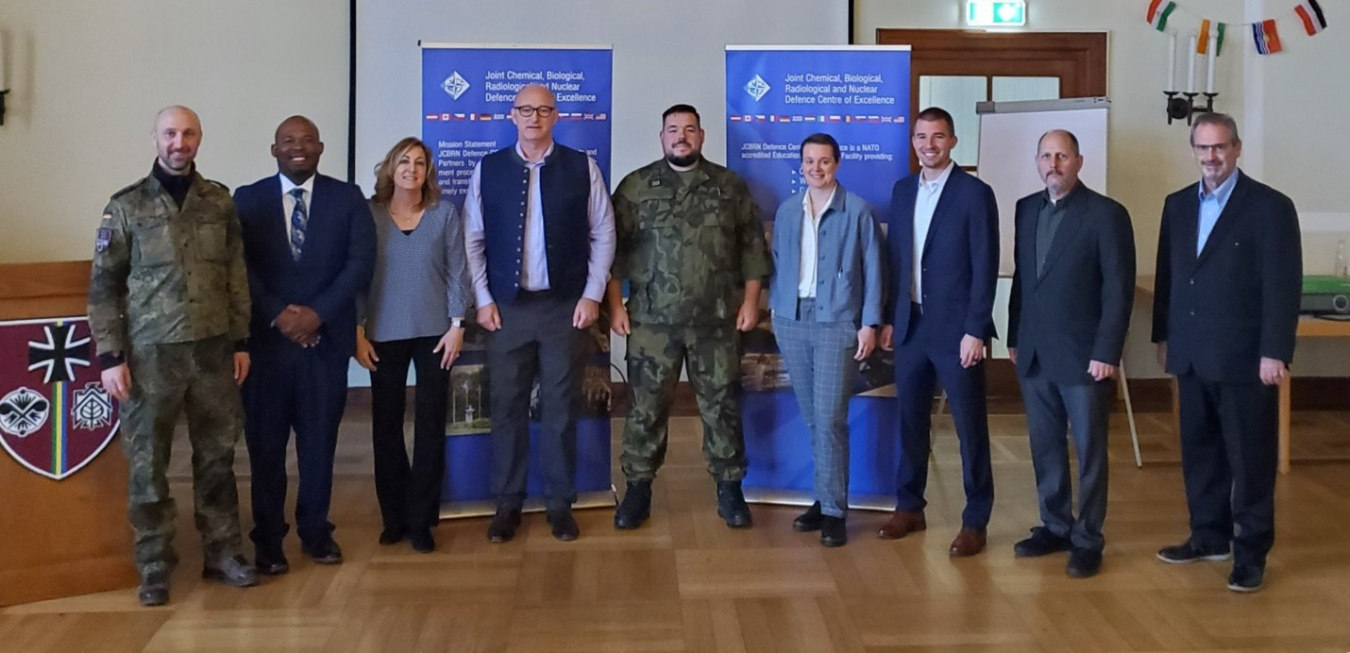Last month, NNSA; the NATO Joint Chemical, Biological, Radiological and Nuclear Defence Centre of Excellence; and the German CBRN Defence, Safety, and Environmental Protection School teamed up to train German military and civilian emergency responders.
National Nuclear Security Administration
April 29, 2024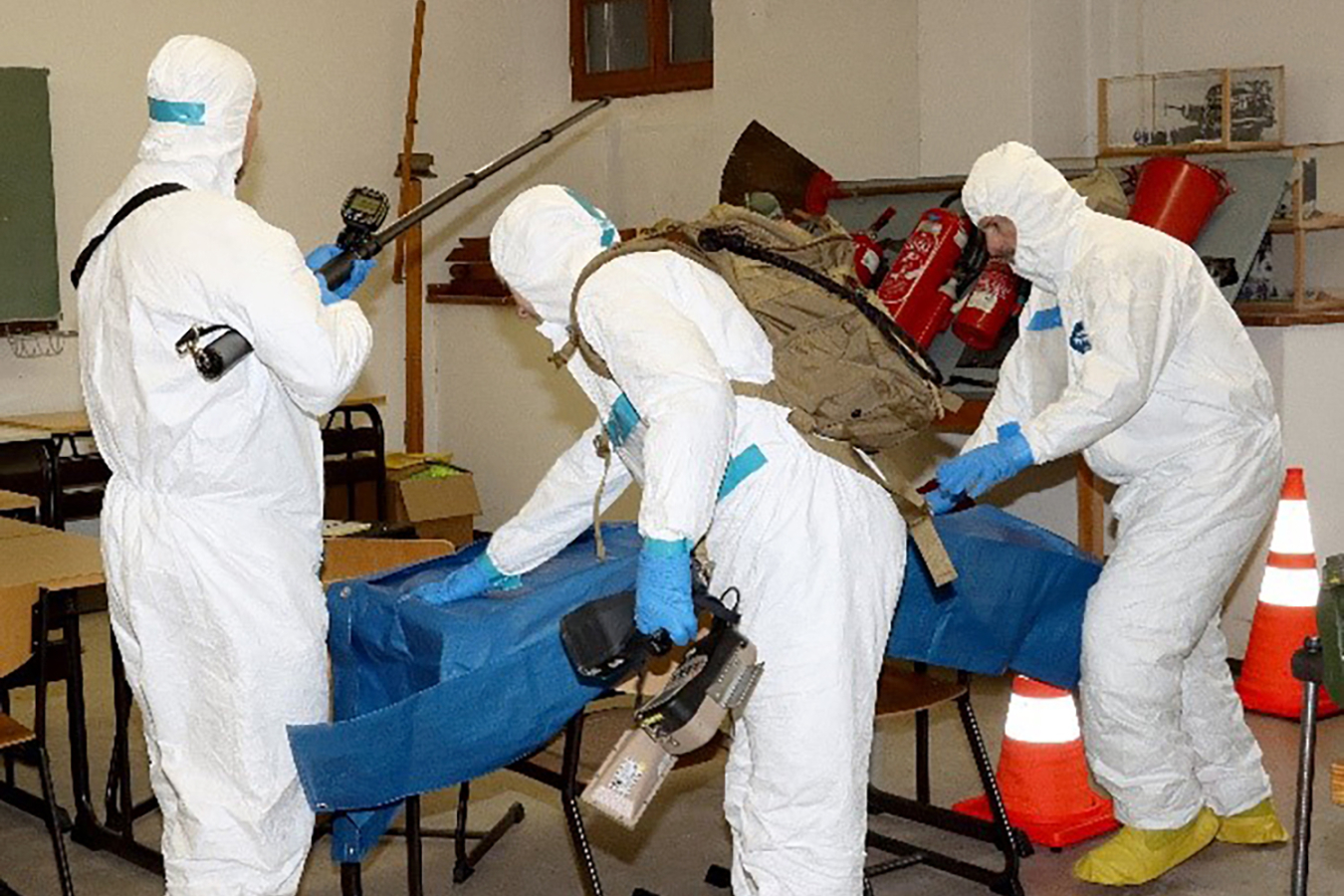
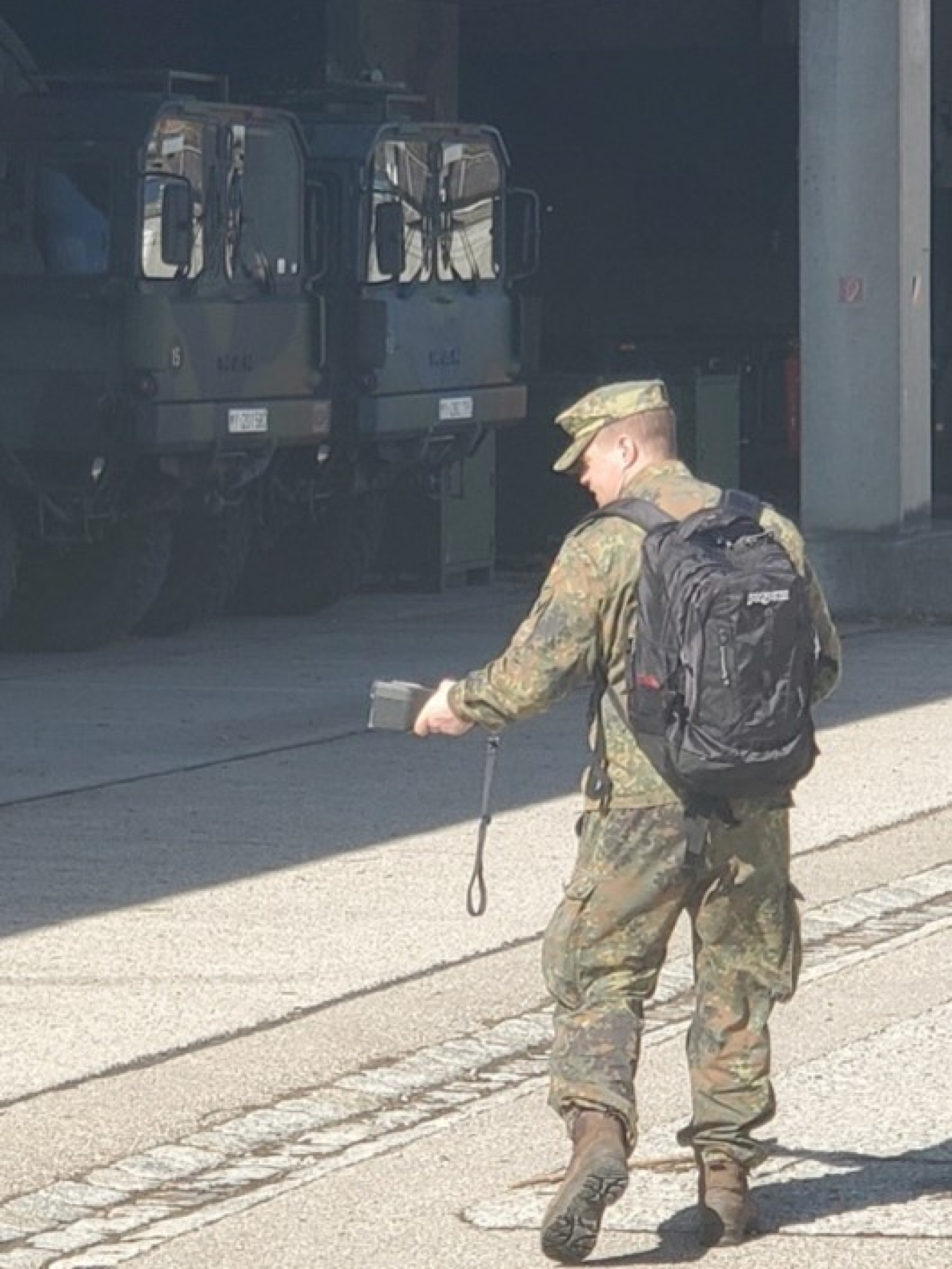
Last month, NNSA’s Office of Nuclear Incident Policy and Cooperation (NIPC); the NATO Joint Chemical, Biological, Radiological and Nuclear (CBRN) Defence Centre of Excellence; and the German CBRN Defence, Safety, and Environmental Protection School teamed up to deliver emergency preparedness and response training to a variety of German military and civilian responders in Sonthofen, Germany.
The course, International Radiological/Nuclear Training for Emergency Response (I-RAD), was delivered by NIPC and is designed to teach first responders and technical specialists the fundamental elements of radiological emergency response to better protect personnel and the environment. Course participants consisted of German military emergency preparedness and response units and civilian experts including members of the German military’s special forces, police, a state health and safety agency, and more.
This was the first NNSA training opportunity in which U.S. and multiple German interagency organizations, including NATO, worked side-by-side – planning, training, and responding together as “whole of government” teams.
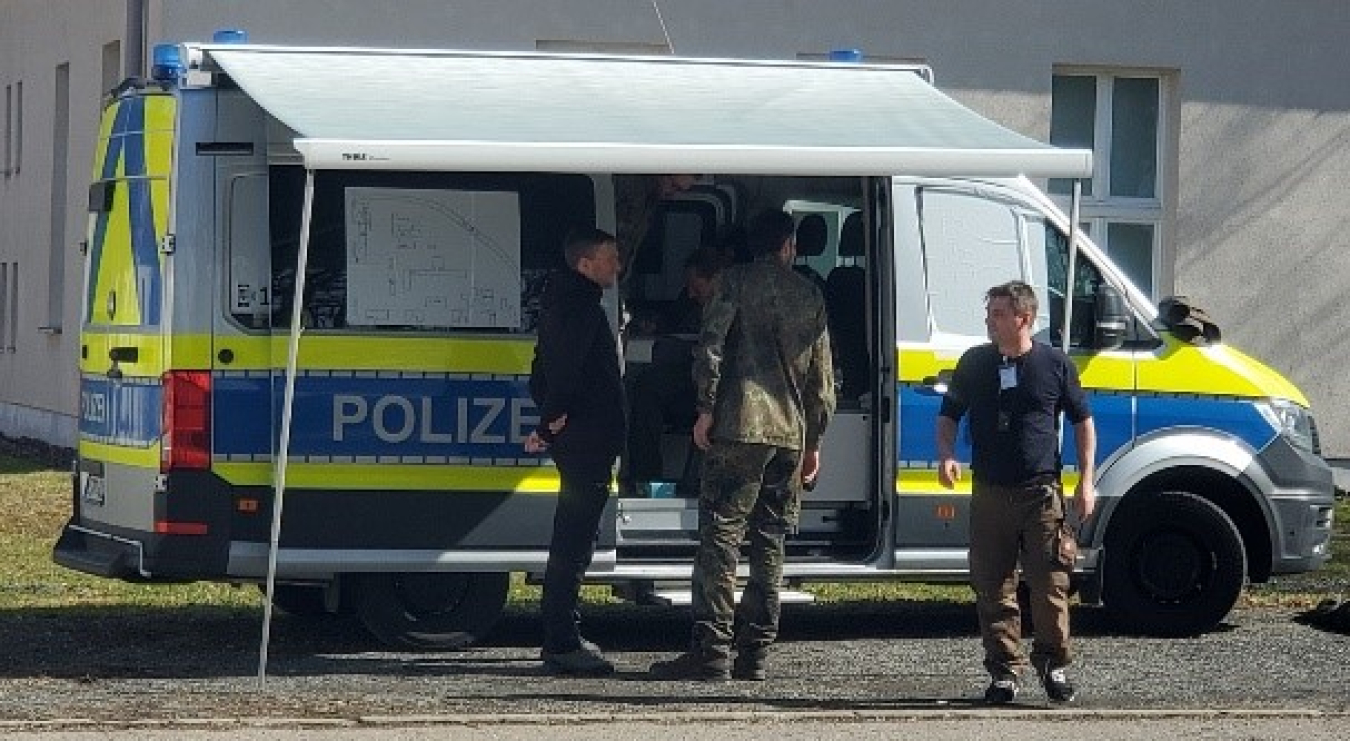
“Bringing together the various elements of the radiological response community was a challenge, but it was worth it,” said Andrae Brooks, Senior Foreign Affairs Specialist from the NNSA’s NIPC. “To see that, you just have to look at the teamwork that occurred in Sonthofen during the week.”
The highlight of the course was a field capstone exercise in which a team of radiological and nuclear experts completed a mock emergency preparedness and response operation. It took place at the nearby Sonthofen Radiological Training Area and included opportunities for participants to search, identify, and work with radiation sources; use personal protection equipment; and practice safety and source recovery procedures.
As each of the I-RAD course participants came from different operational and technical CBRN backgrounds, the week included networking opportunities for both military and civilian agencies that proved invaluable.
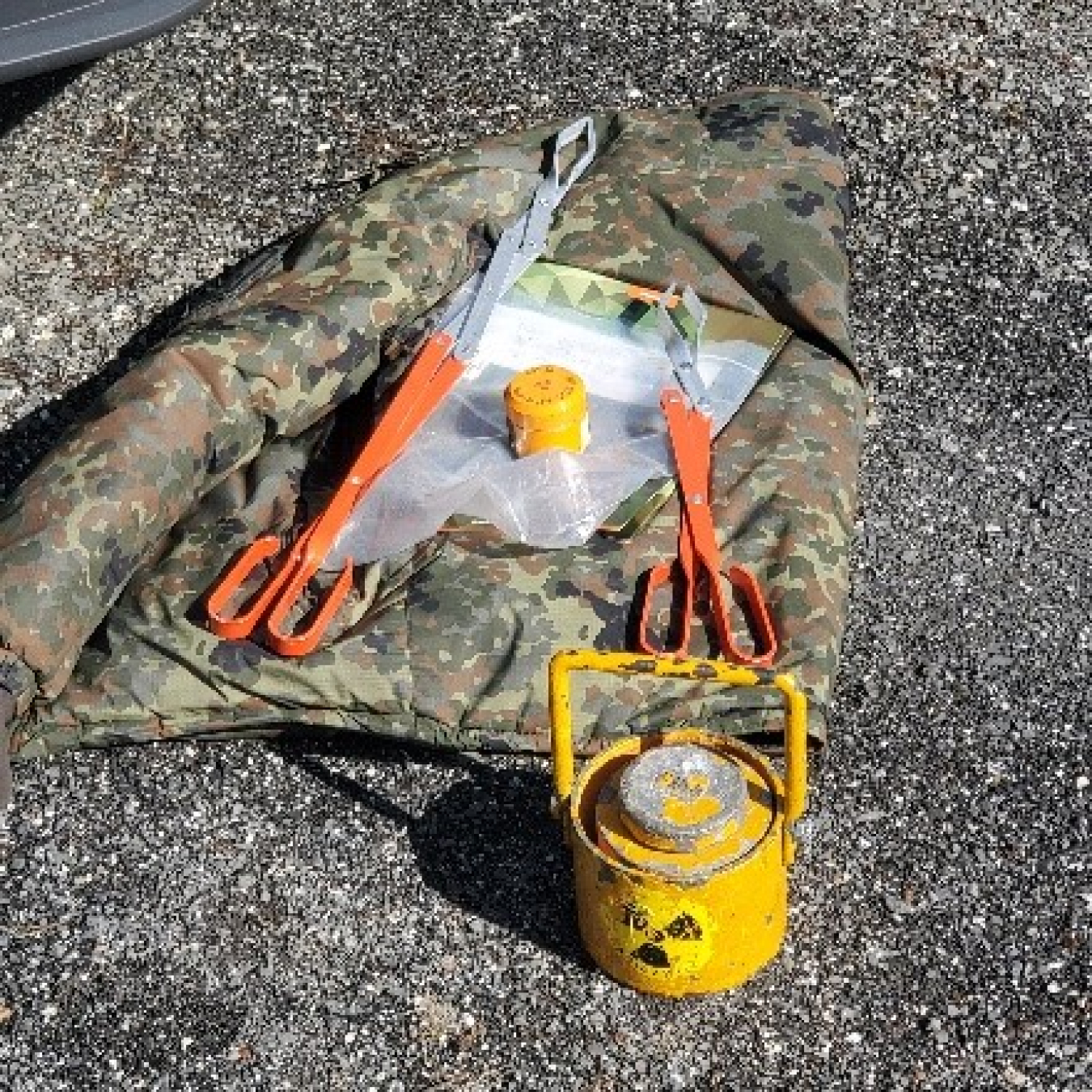
“An inherent goal of the I-RAD course is for key CBRN, safety, and environmental stakeholders – from both the military and civilian agencies – to meet and get to know each other before an emergency or radiological incident occurs. Knowing your partners is critical as it decreases the response time and ultimately saves lives,” Brooks said.
In addition to the capstone exercise, the I-RAD course included instruction on radiological search techniques, emergency mission planning, searches using vehicle and hand-held detectors, and NNSA reachback capabilities.
“The leaders of the German CBRN Defence, Safety, and Environmental Protection School were instrumental in making this course happen,” Brooks said. “It’s at the forefront of bringing public safety and environmental management into the rubric of CBRN defense.”
